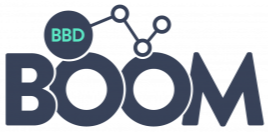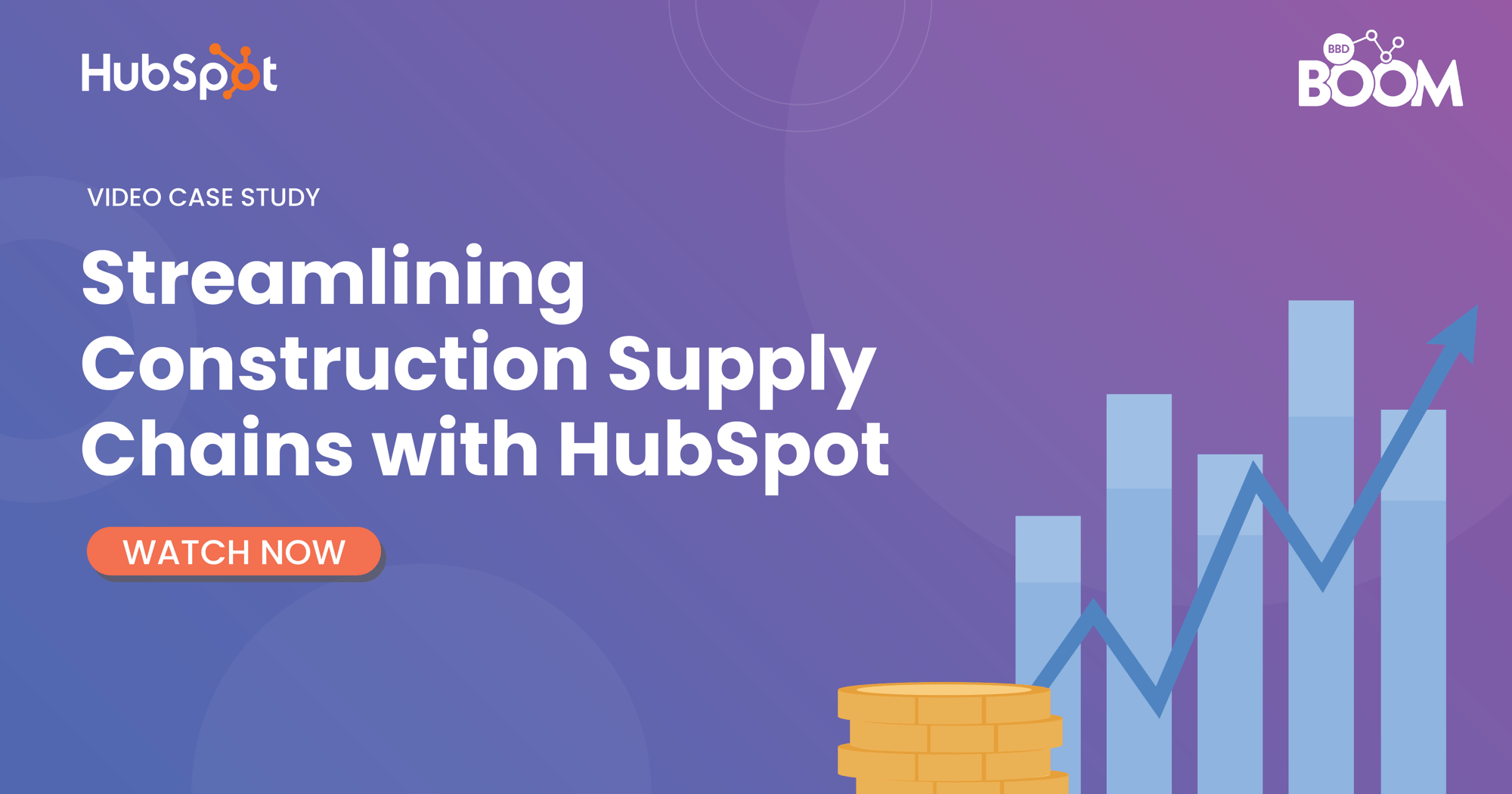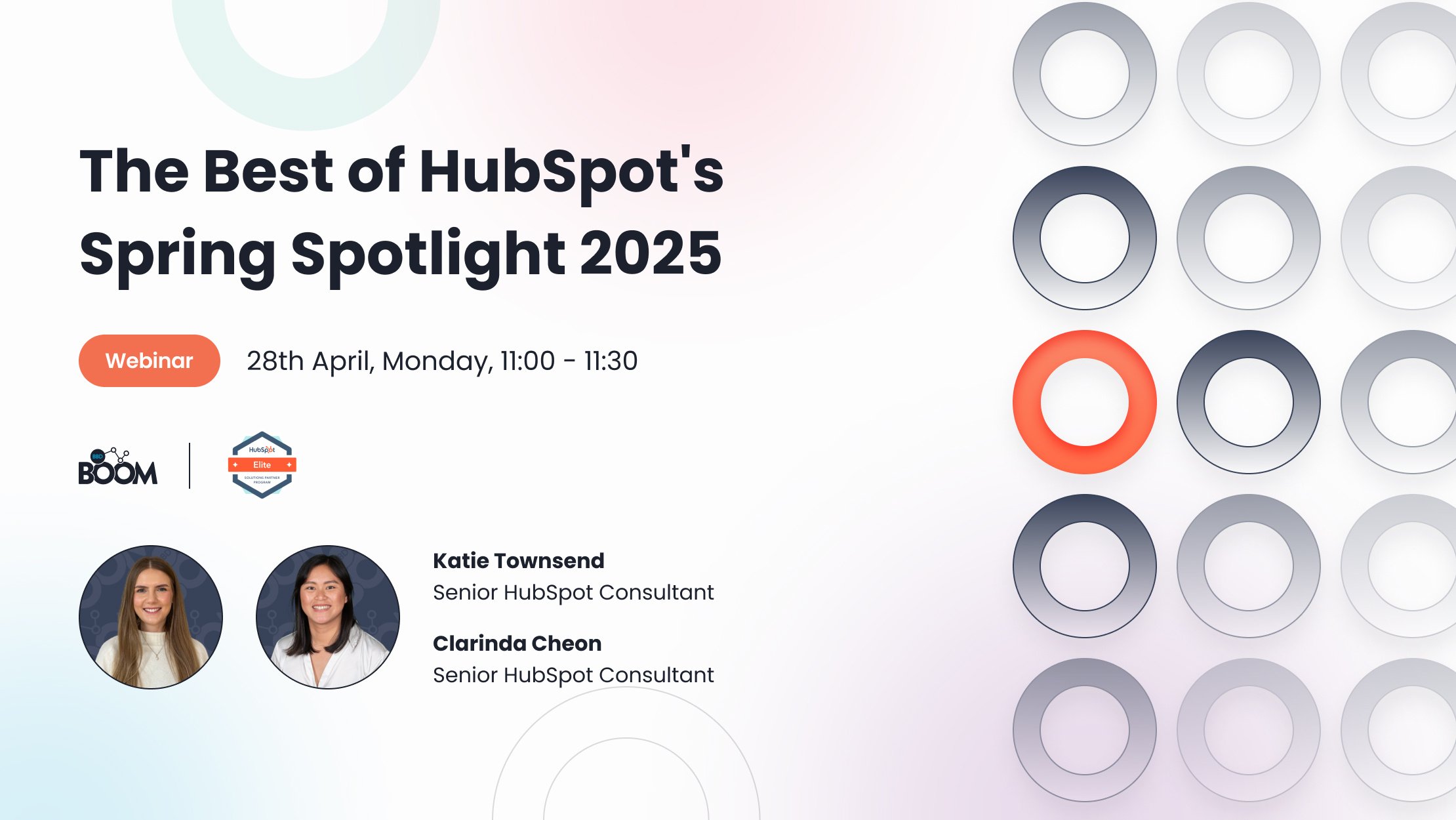Analytics can be one of the trickiest parts of sales enablement. You want to improve your methods and efficiency, but how do you know what’s working?
That’s where having the right KPIs (key performance indicators) comes in handy when paired with HubSpot Sales tools.
Fortunately, we’ve nailed down for you which KPIs to focus on when it comes to sales enablement effectiveness. Here’s what to measure…
First, what are KPIs?
If you’re not familiar with the term, KPIs are specific points of measurable activities or events that are directly tied to your business objectives. So, for example, if one of your objectives is to increase leads by 15%, then one of your KPIs would be the number of new leads you bring in over a set period of time, such as one week.
On to the measurements:
Conversion rates
The lead-to-customer conversion rate is measured by the formula Total Purchases / Total Interactions. The number will be a decimal below 1, with 1 representing 100 percent.
This is an essential KPI for any business to track. And it helps you measure the success of your sales enablement strategy because if you are implementing the right sales enablement, your conversion rate should go up.
Time spent selling
Ideally, when you implement sales enablement tools, your sales team should save time on tasks. The tools should help them to sell more efficiently, and thus faster.
However, the time spent selling should actually go up if you are doing sales enablement correctly because the time that gets cut should be time spent on admin work, leaving your sales reps to do more of what they’re good at -- selling.
You don’t need a formula for this, but you can keep track of the percentage of time spent selling versus on administrative tasks by taking the Time Spent Selling / Total Time Worked. That gives you the selling time percentage. The remaining time is what was spent on admin and other tasks.
Database accuracy
Marketing automation and sales CRM databases fill up with a lot of junk. As much as a quarter of your data could be useless, with things like undeliverable email addresses or dead leads.
Wading through junk data slows down your sales process and wastes your sales reps’ time -- time they could be spending on viable leads instead. Not to mention it can actually increase your costs because HubSpot Marketing Hub charges per the number of contacts in your database. That alone is a pretty good motivator for keeping the data accurate.
That means you need to regularly measure database accuracy, about once a month. A good guideline is to keep accuracy at least at 80 percent, and do clean up to keep it there.
Sound confusing? No worries. You can let BBD Boom help your team get on track with your sales enablement plan and help you set up proper reporting processes.
To find out more about how BBD Boom could help your sales enablement and demand management, click here.
To learn more about sales enablement click here.

.png)



.jpeg?width=50&name=1573666887630%20(1).jpeg)

.jpeg?width=90&name=1573666887630%20(1).jpeg)


